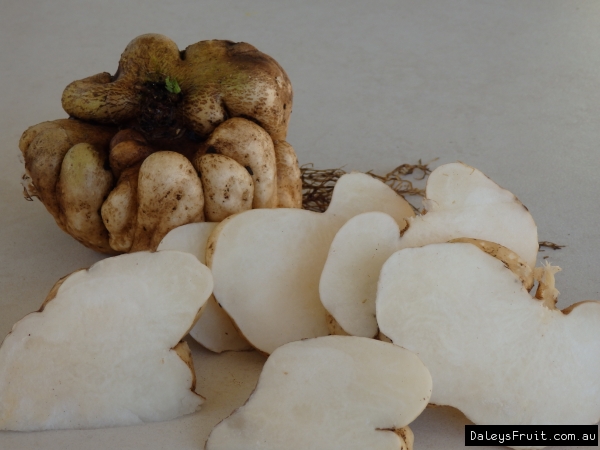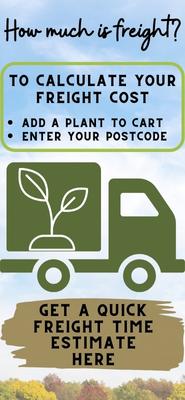Jicama
Pachyrhizus erosus$14.90 ($14.90-$18.75 choose a size)
When will it be in Stock?
We previously had the most to buy in Jan and Apr. With limited quantities for sale in other months. They are unlikely to be available in Sep and Oct. Remember to click above to get notified when it is available once more.
Specifications of Jicama
Preferred Climate SubtropicalLearn About Climate Zones
Grown From RhizomeLearn About Propagation Methods
Max Height (when in the ground with good conditions) 2-5m
Plants required to Pollinate 1 (Self Pollinating)Learn about Pollination
Can it Handle Frosts? Sometimes
Amount of leaves in Winter? Some Leaves (Partly Deciduous)
Quarantine Restrictions to these Areas WA
Fruiting/Harvest Months July, August, September
Create a Filter to find similar plants
Customers also bought
These plants are often purchased together. Also check plant information for suitability in your orchard.
Pear - Beurre Bosc
$59.00 ($44.00-$79.00 choose a size)
Cassava
$4.95 ($4.95-$19.75 choose a size)
Peach - Aztec Gold
$49.00
Dragon Fruit - Londonii
$24.00 ($24.00-$29.00 choose a size)
Dwarf Orange - Navelina
$44.00
Loquat - Nagasakiwase
$49.00 ($49.00-$79.00 choose a size)
Customer Tips & Reviews Jicama
Jicama, Yam Bean
It is good to add to a salad, crunchy and sweet. Buy a packet of seeds from the asian grocery shop and plant them, grows nicely in QLD. A vital ingredient in malaysian spring roll.



























